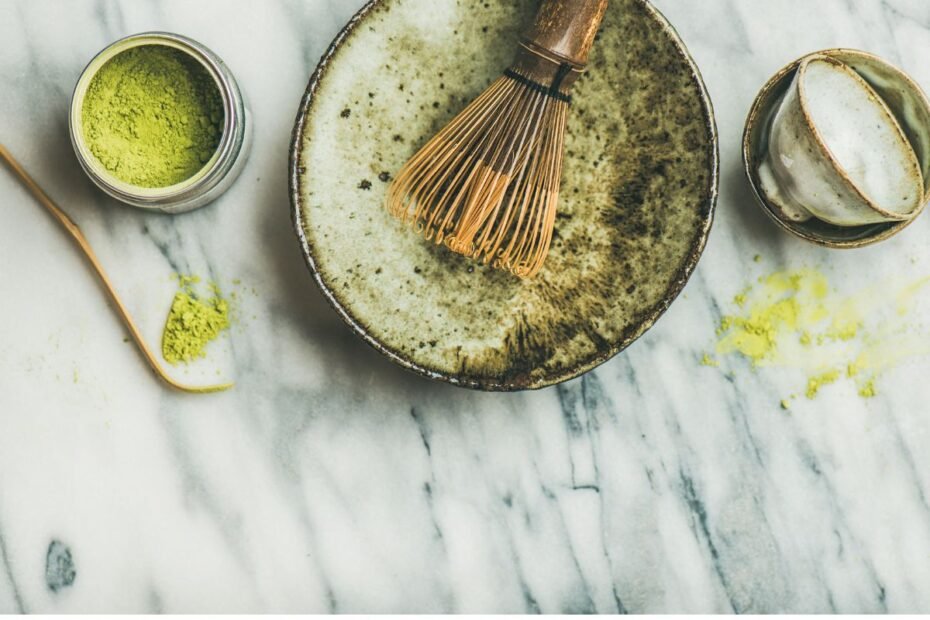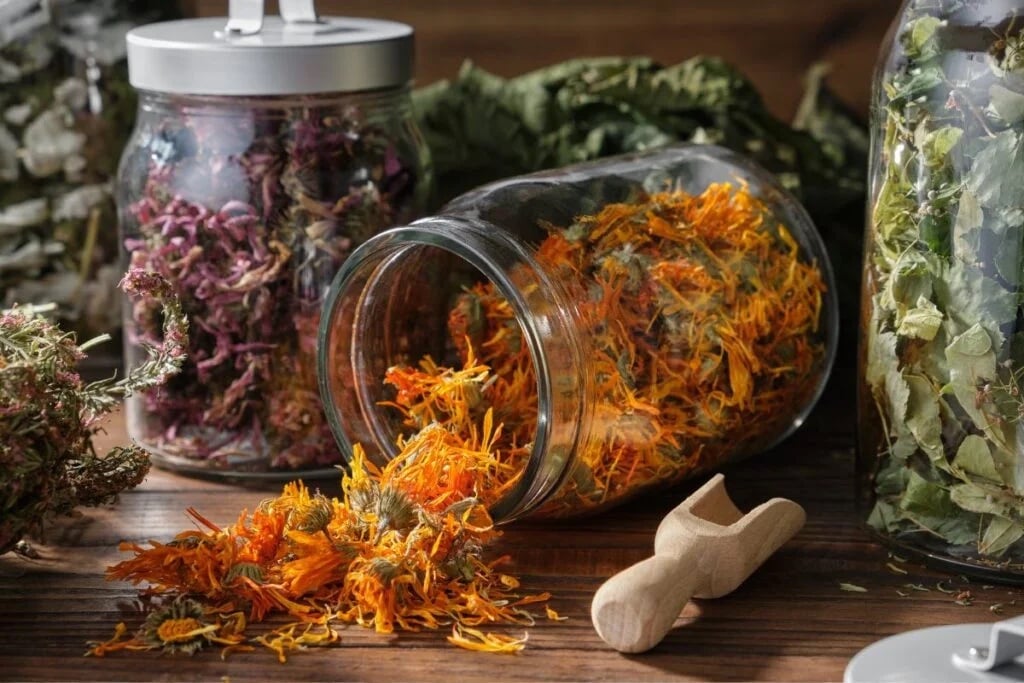Who doesn’t love a piping hot cup of matcha tea? Just you, chilling in your favorite cafe, sipping the mildly grassy and calming beverage to start your day.
But what if we told you that good ol’ matcha doesn’t take a herculean effort to make at home?
Yep, you read that right. With the proper utensils and for a fraction of the cost you spend on cafes, you can effortlessly whip up your favorite tea whenever it suits your fancy.
Let’s walk you through seven tools you should have in your matcha tea set to make an Insta-worthy cup!
Essential Matcha Tools and Accessories
On top of gestures and other formalities, traditional Japanese tea-making (chanoyu) involves plenty of fancy accessories serving unique purposes. As such, you might wonder whether you need every piece of ware they use for your matcha.
Thankfully, that’s not the case.
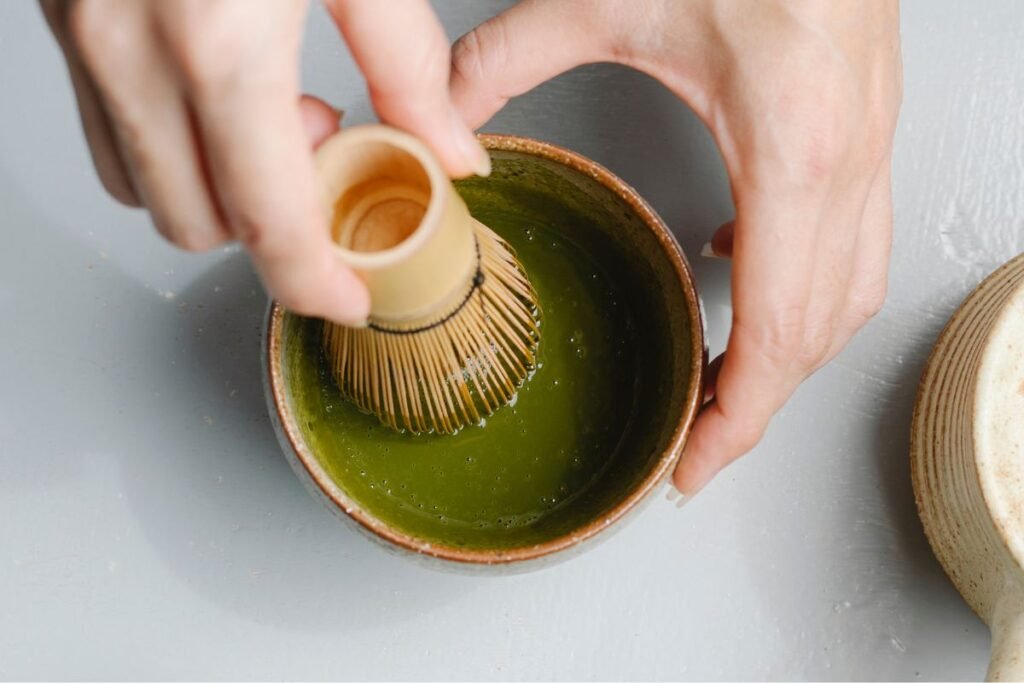
The traditional route is ideal, but you can still kickstart your tea culture at home using only the essentials. If you’re just getting started, here are the seven indispensable matcha tea tools and accessories you should get:
1. Natsume and Chaire or Tea Caddy
Matcha powder is incredibly sensitive to heat, humidity, and light. So, before you can brew a cup of matcha tea, you’ll need somewhere appropriate to store the powder.
Natsume and chaire are lacquered wooden containers that store and keep the matcha fresh. They’re usually made of bamboo and are an essential accessory for holding tea ceremonies.
You might ask, what’s the difference between a natsume and a chaire?
Well, both containers store different types of matcha. A chaire is typically oblong-shaped and used for thick tea (koicha), while a natsume has a flat lid and a rounded base for keeping thin tea (usucha).
Luckily, matcha tea tins also double as a tea caddy. So, unless you’re aiming for the traditional, these tins work just as well in sealing the matcha and keeping moisture and light out.
2. Chashaku or Matcha Scoop
Now that you have your caddy, next up is to have something to scoop the matcha with. In a tea set, we call it chashaku or matcha scoop.
A common chashaku material is wood or bamboo, though you can also find pieces made from ivory. Most matcha scoops follow the vertical, elegant design for easy use.
One full chashaku scoop measures one gram, meaning you’ll need two scoops to meet the standard two-gram matcha powder for a cup. Keep this measurement in mind when using a chashaku.
Can’t find a chashaku in your nearest department store?
Not to worry. There’s no rule against using a regular teaspoon. However, remember that one teaspoon of tea powder weighs approximately two grams or two chashaku scoops.
3. Chawan or Tea Bowl
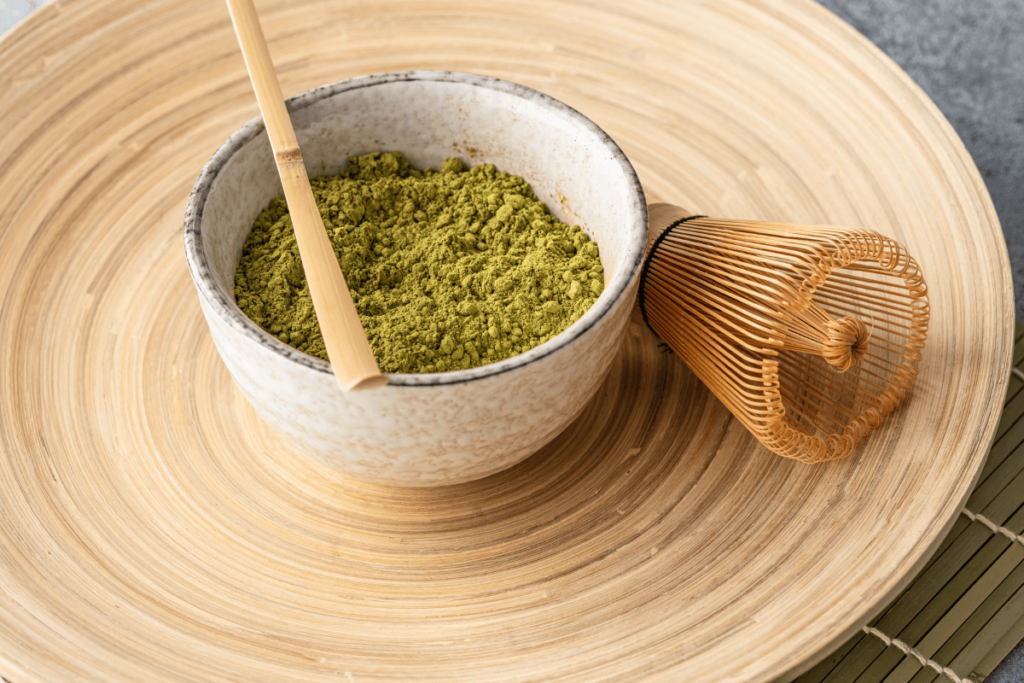
A chawan is basically a tea cup or rice bowl in Japanese. Typically made from ceramic or clay, you use to whisk and drink the matcha.
Traditional matcha cups have simple, round shapes with wide rims and deep bases. There are unique designs used at specific times of the year as well.
Here’s a fun trivia:
Japanese tea ceremonies use shallow chawan in the summer to cool the tea faster. In the winter, they opt for deep bowls to retain the drink’s heat longer.
Of course, making matcha tea at home doesn’t require buying a handcrafted Japanese chawan. A regular soup bowl or a plain mug works, too!
4. Chasen or Matcha Whisk
Usually carved from a piece of bamboo, a chasen or matcha whisk is another indispensable tool for your growing tea set. You need it to whisk the matcha powder into the ideal consistency.
Like chawan, matcha chasen comes in various styles for different purposes. There are chasen made of dried, smoked, or fresh bamboo and with fine, medium, or rough heads.
Tea makers typically decide which chasen head to use based on the type of tea they’re preparing. Fine whisk for thin tea and medium to rough whisk for thick tea.
If getting a hand on one of these bamboo whisks proves difficult, a handheld frother you use for your morning milk would be an excellent alternative.
5. Chasen Kushinaoshi or Whisk Holder
A chasen kushinaoshi is a tool that holds your chasen or matcha whisk. While it doesn’t contribute to your tea’s flavor, it does keep your whisk in shape.
If you’re thinking of placing your chasen anywhere on the table after using it, think again. It’s a common rookie mistake that could lead to trapped moisture and molds.
Simply put, the chasen kushinaoshi is a tea-making instrument you shouldn’t compromise on!
6. Furui or Matcha Sifter
Sifting is vital when making matcha tea, as the green powder tends to clump together. Straining the matcha creates the soft, frothy consistency we all love.
To achieve this, you’ll need furui or a matcha sifter.
Skipping this step results in clumps and chunks of powder in your tea. And trust us, they can be difficult to dissolve no matter how much whisking you do.
If you don’t have furui, a kitchen strainer may do the job. But not the kind you use to strain your pasta, though! We’re talking about smaller strainers with finer sieves.
7. Kama or Tea Kettle
Often decorated with intricate caricatures, a kama is what you’d call a tea kettle. Usually cast from iron or copper, it’s one of the oldest kettles and a popular choice for tea connoisseurs.
Kama comes in different shapes and sizes. Some Japanese even pass down their kama to their descendants, bearing unique names and colorful history.
Still, as a beginner or a regular matcha enjoyer, procuring historical kettles won’t be your problem.
An electric kettle would be a fantastic option for newbie tea makers. It can heat water quickly, with some allowing presets for temperature.
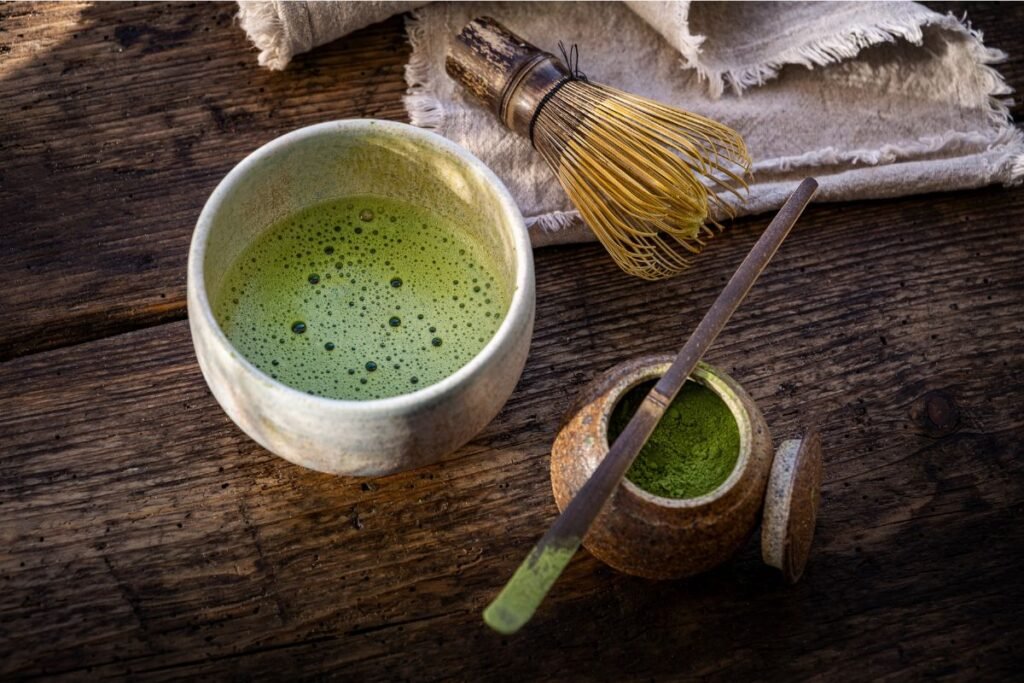
Final Thoughts
If you’ve seen traditional Japanese tea-making ceremonies, you surely understand why some people have reservations about getting matcha tea sets. There’s just a lot going on.
Japan’s tea culture is undoubtedly captivating and historically rich. But you don’t have to strain your pocket to make a delectable matcha tea at home!
